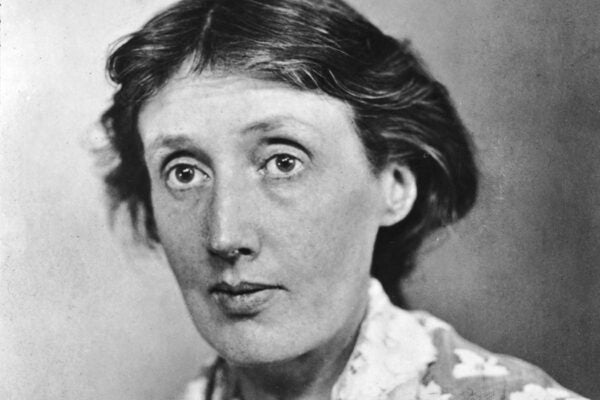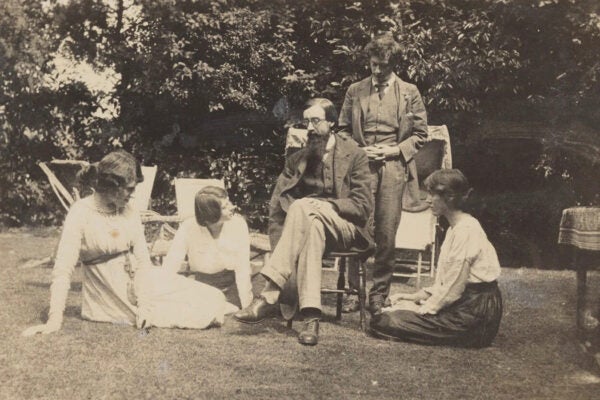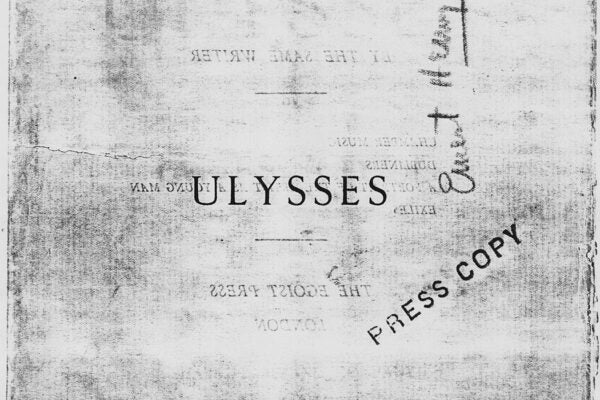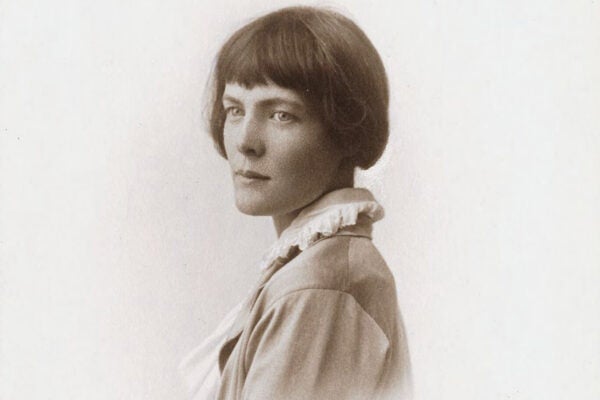A Hundred Years of Mrs. Dalloway
An exemplar of modernism, Virginia Woolf's revolutionary novel explored ideas—psychology, sexuality, imperialism—that roiled the twentieth century.
The Bloomsbury Group: A Reading List
In 1905, a group of writers and painters gathered in a London home and began a conversation on politics, love, sex, and art that lasted decades.
The Sociopolitical Impact of A Passage to India
E. M. Forster’s novel captured not only the tensions between colonizers and colonized but also the fraught internal politics that shaped India’s fight for independence.
Dorothy Richardson and the Stream of Consciousness
Though often associated with Virginia Woolf and James Joyce, “stream of consciousness” novels spilled first from the pen of British modernist Dorothy Richardson.
The Novels that Taught Americans about Abortion
Twentieth-century novels helped readers to learn about the practicalities of abortion as well as the social and moral questions around the procedure.
Ulysses Obscenity Decision: Annotated
In December 1933, Judge John Woolsey issued what would become one of the best known legal decisions on obscenity in United States history.
Marianne Moore: Master Mentor
A widely published poet with deep editorial experience, Moore turned out to be the perfect mentor for a Vassar student named Elizabeth Bishop
Remembering H.D.
Hilda Doolittle, aka H.D., had her champions among modern scholars, but she's still often left off modern poetry course syllabi.
Every Good Bird Does Fine
Is birdsong music, speech, or something else altogether? The question has raged for millennia, drawing in everyone from St. Augustine to Virginia Woolf.
Ernest Hemingway and Gender Fluidity
Despite his reputation for hypermasculinity, the author was fascinated by different forms of gender expression.









